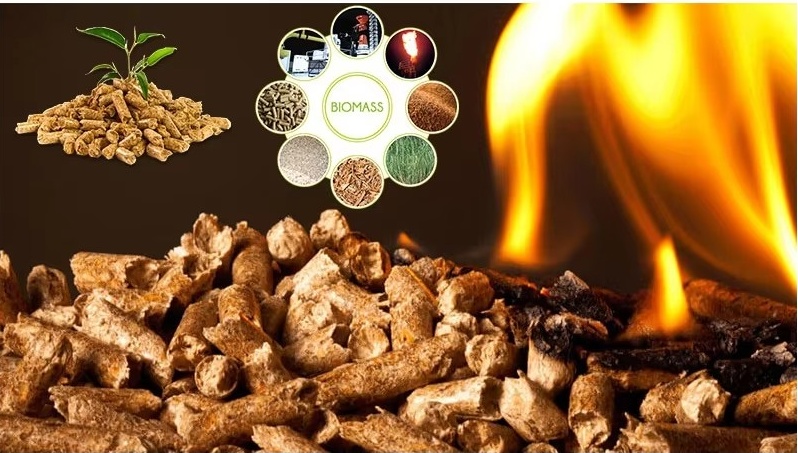Wood pellet fuel is a renewable, clean and cost-stable fuel that can be made from crop stalks, wood, bamboo processing residues, ordinary waste wood and other renewable materials through biomass pelletizers, and is being used in large quantities in North America and Europe.
The development and utilization of energy has always been a witness to the progress of human civilization and has become one of the important symbols of human adaptation to, utilizing and transforming the environment. Today's new alternative energy sources, such as wind energy, solar energy, biomass energy, geothermal energy, etc., have emerged one after another, and their utilization technology is becoming more and more mature. Among them, biomass energy has shown unique advantages in terms of practicality, feasibility and breadth, and is considered to be the new energy with the most prospects for large-scale industrial development in the next 30-50 years.

The development of wood pellet fuel originated from the energy shortage period in the United States in the 1970s. At that time, raw materials mainly came from wood waste from factories such as furniture and paper. The energy generated was used to replace electricity, fuel, fossil fuel, etc. The oil crisis that occurred during this period also prompted Denmark to begin researching wood energy power generation technology. Since the world's first straw biocombustion power plant was born in 1988, 130 straw power plants have been spread throughout Denmark, and renewable energy such as straw power generation accounts for more than 24% of the national energy consumption.
In order to save natural gas and oil and reduce CO2 and SO2 emissions, the government strongly advocates the use of wood pellet fuel, and some fuels that generate power and heat have been replaced by wood pellet fuel. In addition, the rise in oil and natural gas prices has also greatly promoted the development of wood pellet fuel.
Biomass pelletizers can make crop waste such as corn cobs, wheat straw and other crops into particles to provide heat sources to the city.





















